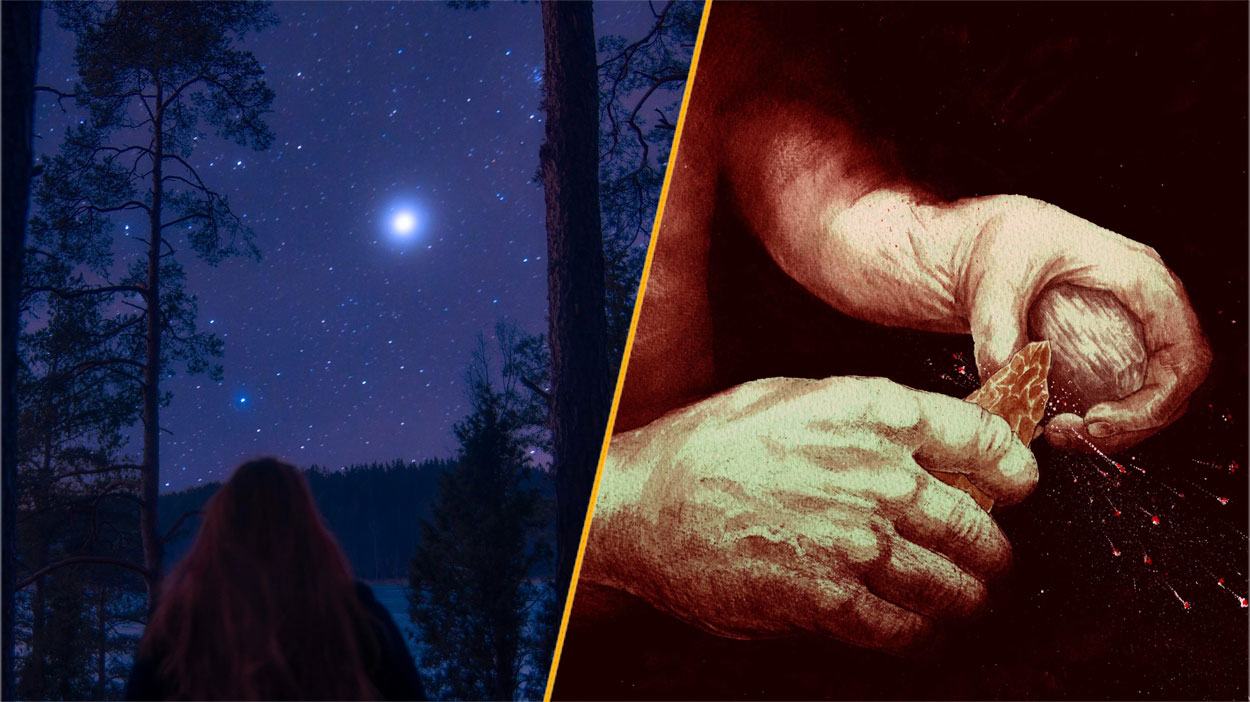
Patrick Pester
Patrick Pester is the trending news writer at Live Science. His work has appeared on other science websites, such as BBC Science Focus and Scientific American. Patrick retrained as a journalist after spending his early career working in zoos and wildlife conservation. He was awarded the Master's Excellence Scholarship to study at Cardiff University where he completed a master's degree in international journalism. He also has a second master's degree in biodiversity, evolution and conservation in action from Middlesex University London. When he isn't writing news, Patrick investigates the sale of human remains.
Latest articles by Patrick Pester

China's 'artificial sun' shatters nuclear fusion record by generating steady loop of plasma for 1,000 seconds
By Patrick Pester published
A nuclear fusion reactor in China, dubbed the "artificial sun," has broken its own record to bring humanity one step closer to near-limitless clean energy.

'Medieval' nanotech chainmail sports 100 trillion chemical bonds per square centimeter — and could be the future of armor
By Patrick Pester published
Researchers unveiled a super-strong nanoscale material made from the first two-dimensional mechanically interlocked polymers. The material resembles medieval chainmail at the molecular level and could be used in body armor.
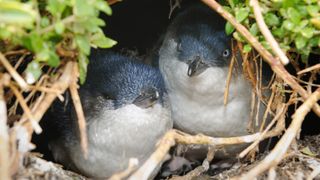
Cheating little penguins are big on divorce, and other breeding secrets revealed
By Patrick Pester published
A little penguin colony in Australia struggles during years with high penguin divorce rates, but the divorcees could have more offspring in the long run if they find better mates, a new study finds.
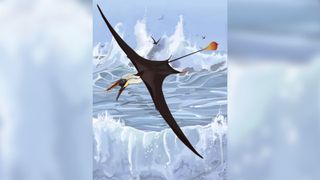
'Sexy' pterosaur tail should have been nightmare for flying. How did it work?
By Patrick Pester published
The first pterosaurs had a sail-like tensioning system for flying with potentially cumbersome tail vanes, which they could have used for displays, a new study finds.
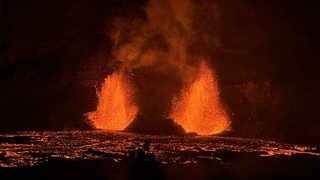
Kilauea volcano enters fourth eruption phase: Watch LIVE
By Patrick Pester last updated
Kilauea volcano in Hawaii is erupting with fountains of lava. Check out a USGS livestream from within the Halema'uma'u crater.
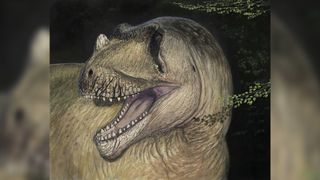
Giant horned dinosaur's fossils were destroyed in WWII — but photos reveal it was an unknown species
By Patrick Pester published
Scientists have unveiled a giant horned dinosaur from Egypt called Tameryraptor markgrafi after discovering lost photos of fossils destroyed in WWII.
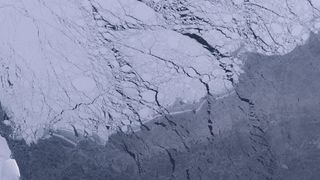
'Warm water' from deep sea flowing towards one of Antarctica's largest ice shelves
By Patrick Pester published
Antarctica's Filchner-Ronne Ice Shelf may be under threat due to relatively warm water from the deep sea flowing towards the shelf. Is climate change to blame?

What's in pink fire retardant being dropped on LA, and is it dangerous?
By Patrick Pester published
Parts of Southern California are covered with pink fire retardant as firefighters try to control deadly wildfires raging in Los Angeles. But what is Phos-Chek fire retardant and is it safe?
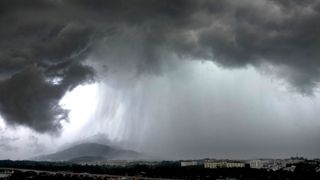
'Unusual' and weak La Niña finally here, NOAA confirms
By Patrick Pester published
NOAA has declared that a La Niña is underway. This cool weather event is likely to be shorter and weaker than usual, but will still affect global weather and climate.
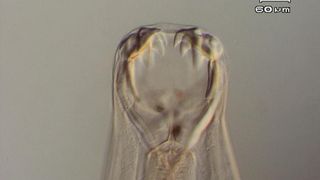
'Wake-up call' as hookworm parasites that infect pets and people grow drug resistant
By Patrick Pester published
Hookworms that cause deadly dog infection and 'creeping eruption' in humans are growing resistant to drugs.
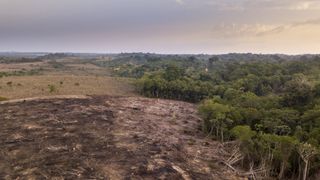
Deforestation: Facts about the widespread destruction of Earth's forests
By Patrick Pester last updated
Fact file Deforestation can include clearing the land for farming or livestock, or using the timber for fuel, construction or manufacturing.
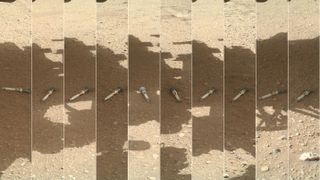
Mars rock samples may contain evidence of alien life, but can NASA get them back to Earth?
By Patrick Pester published
NASA will explore two different strategies for fetching Mars rocks collected by the Perseverance rover, and there's a chance these samples contain evidence of alien life.

Tibet earthquake: Deadly magnitude 7.1 quake hits holy city of Shigatse
By Patrick Pester published
A huge magnitude 7.1 earthquake has hit the holy city of Shigatse, or Xigazê, in the autonomous region of Tibet in China.

Mysterious climate-changing eruption that turned the sun blue traced to remote Pacific island
By Patrick Pester published
Zavaritskii volcano in the Kuril Islands was responsible for the mysterious 1831 volcanic eruption that cooled the climate and turned the sun different colors, a new study finds.
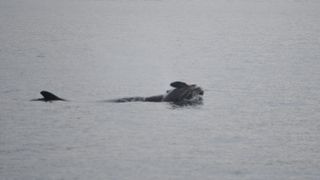
Grieving orca mom carries dead calf around on her head for a 2nd time
By Patrick Pester published
An orca famous for carrying a dead calf around has once again been spotted with a deceased newborn on her head in Puget Sound, but there's some good news for her endangered southern resident killer whale pod.
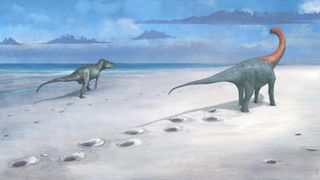
Weird bumps in UK quarry turn out to be 166 million-year-old dinosaur 'highway' for some of Jurassic's biggest dinosaurs
By Patrick Pester published
Researchers have excavated the largest dinosaur footprint site in the U.K. after a quarry worker found tracks left by two of Britain's biggest Jurassic dinosaurs.

Polar vortex could bring deadly winter storms and coldest weather in more than a decade to US
By Patrick Pester published
An expanding polar vortex is expected to lower temperatures across the eastern half of the U.S., with the potential for record-breaking cold in January.
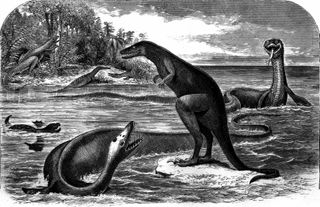
A sea monster with its head on its butt? 10 times we were completely wrong about dinosaur-age creatures
By Patrick Pester published
Humans have a long history of misinterpreting ancient fossils. Here are 10 creatures from the dinosaur age that looked way different than we thought.
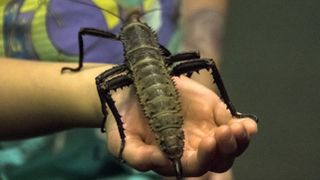
These insects keep evolving to look like sticks. Why?
By Patrick Pester published
Researchers have found that stick insects keep evolving the same 20 body plans, from the "tree lobster'" to the "bark hugger" and the "large-headed stick."

Watch Chinese satellite burn up over US in spectacular 'fireball'
By Patrick Pester published
The GaoJing 1-02 imaging satellite burned up over the U.S. in a mesmerizing 'fireball' that some skywatchers mistook for a meteor shower.

Ancient volcanic ash could be protecting signs of Martian life
By Patrick Pester published
Researchers believe dark rocks at the site of a future Mars rover landing mission may be left over from ancient volcanic eruptions, and may be protecting signs of life — if there ever was life on Mars.
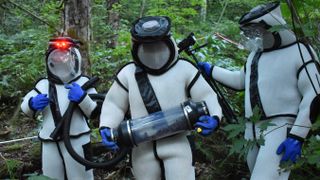
'Murder hornets' eradicated, but officials say they'll keep 'an eye out' for more
By Patrick Pester published
Officials say they've eradicated northern giant hornets, nicknamed "murder hornets," after years of tracking the invasive giant wasps in Washington state.

Killer squirrels have developed taste for flesh — and voles are running for their lives
By Patrick Pester published
Ground squirrels have turned into carnivorous killers in a local park after vole numbers exploded in Contra Costa County, California.
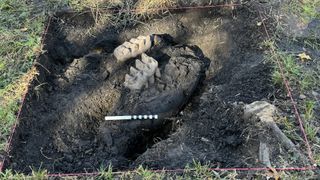
'I knew they were something special': New York homeowner discovers mastodon jaw fossils in backyard
By Patrick Pester published
A New York homeowner, in Scotchtown, Orange County, was "thrilled" to find mastodon fossils in their backyard, which museum staff plan to study to learn more about the last ice age.
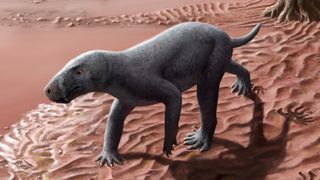
270 million-year-old saber-toothed predator from 'ghost' lineage looked like a bald dog
By Patrick Pester published
Fossils of the oldest saber-toothed predator are helping researchers understand the evolution of early mammal relatives called gorgonopsians and our shared origins in the therapsid group.
Get the world’s most fascinating discoveries delivered straight to your inbox.
